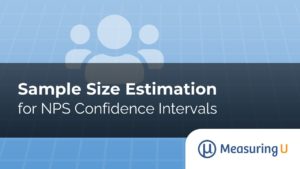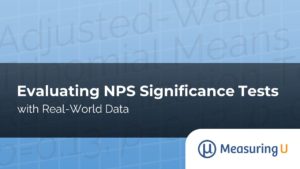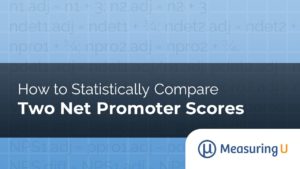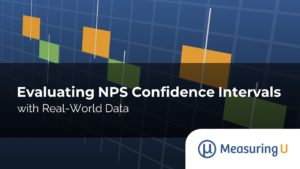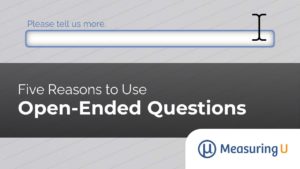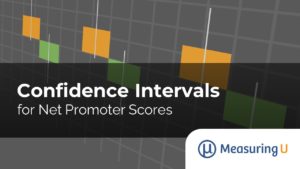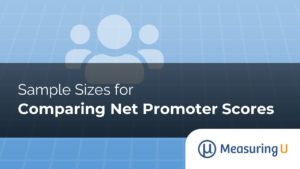
Sample Sizes for Comparing Net Promoter Scores
Sample size estimation is a critical step in research planning, including when you’re trying to detect differences in measures like Net Promoter Scores. Too small of a sample and you risk not being able to differentiate real differences from sampling error. Too large of a sample and you risk wasting resources—researchers’ and respondents’ time and,

